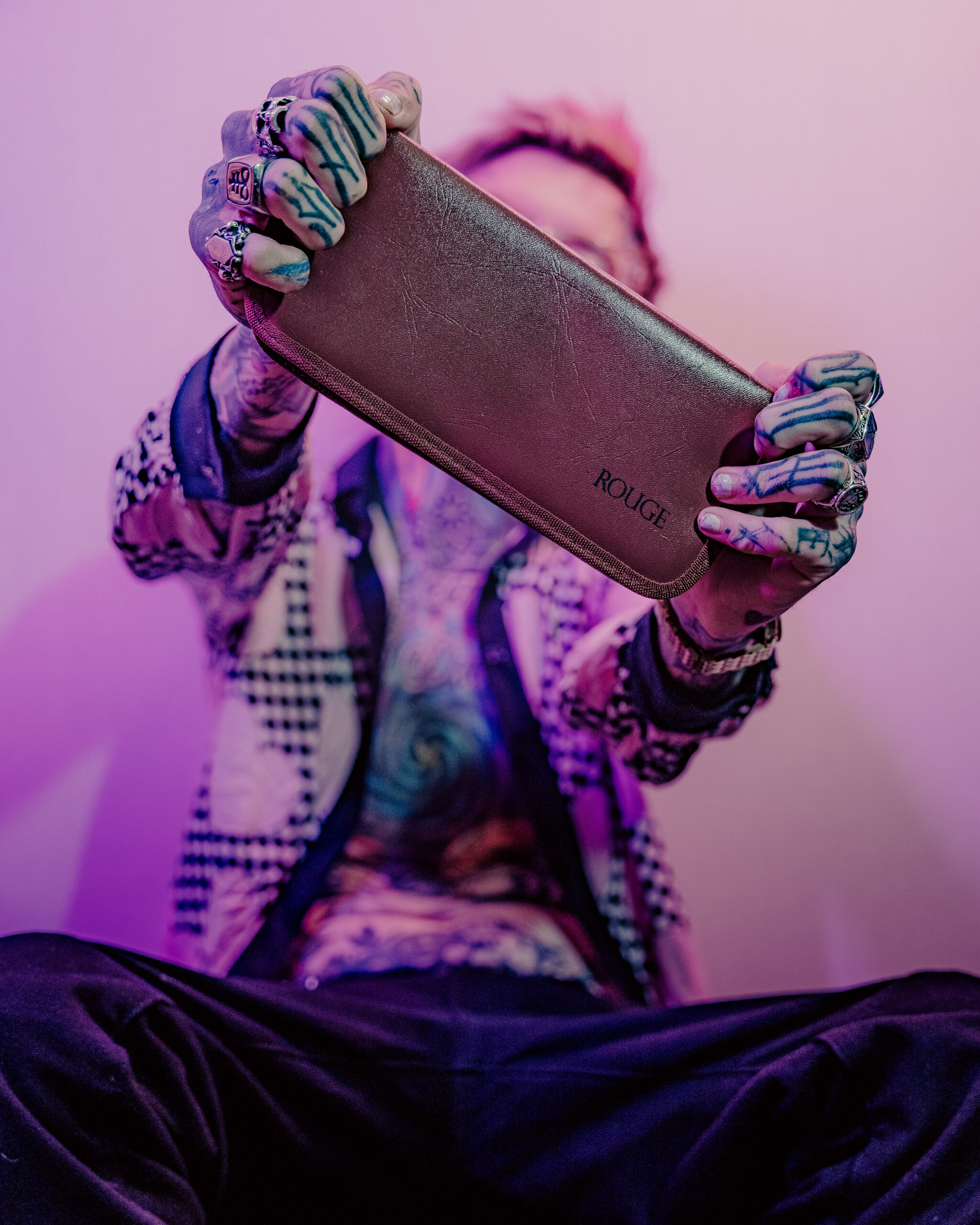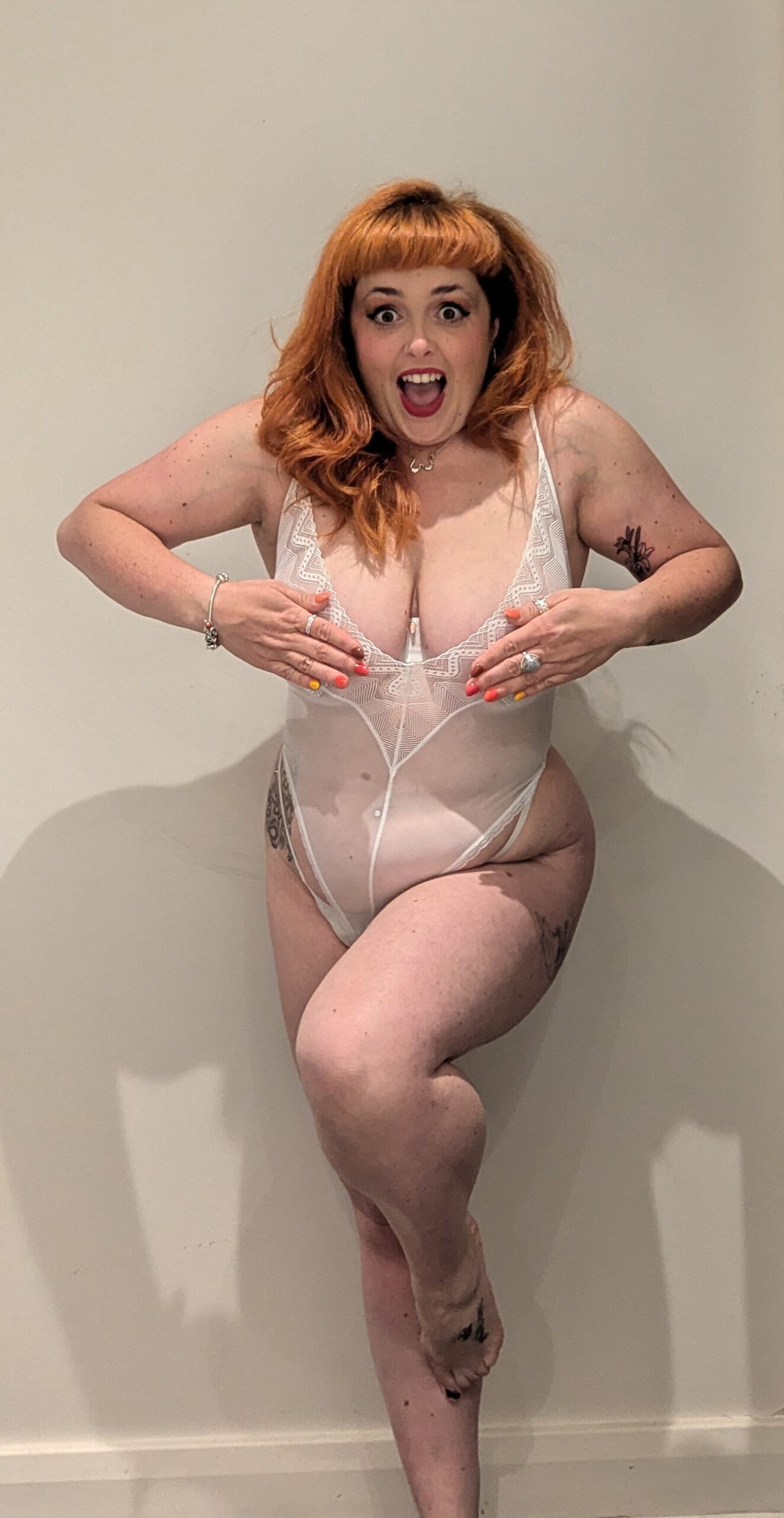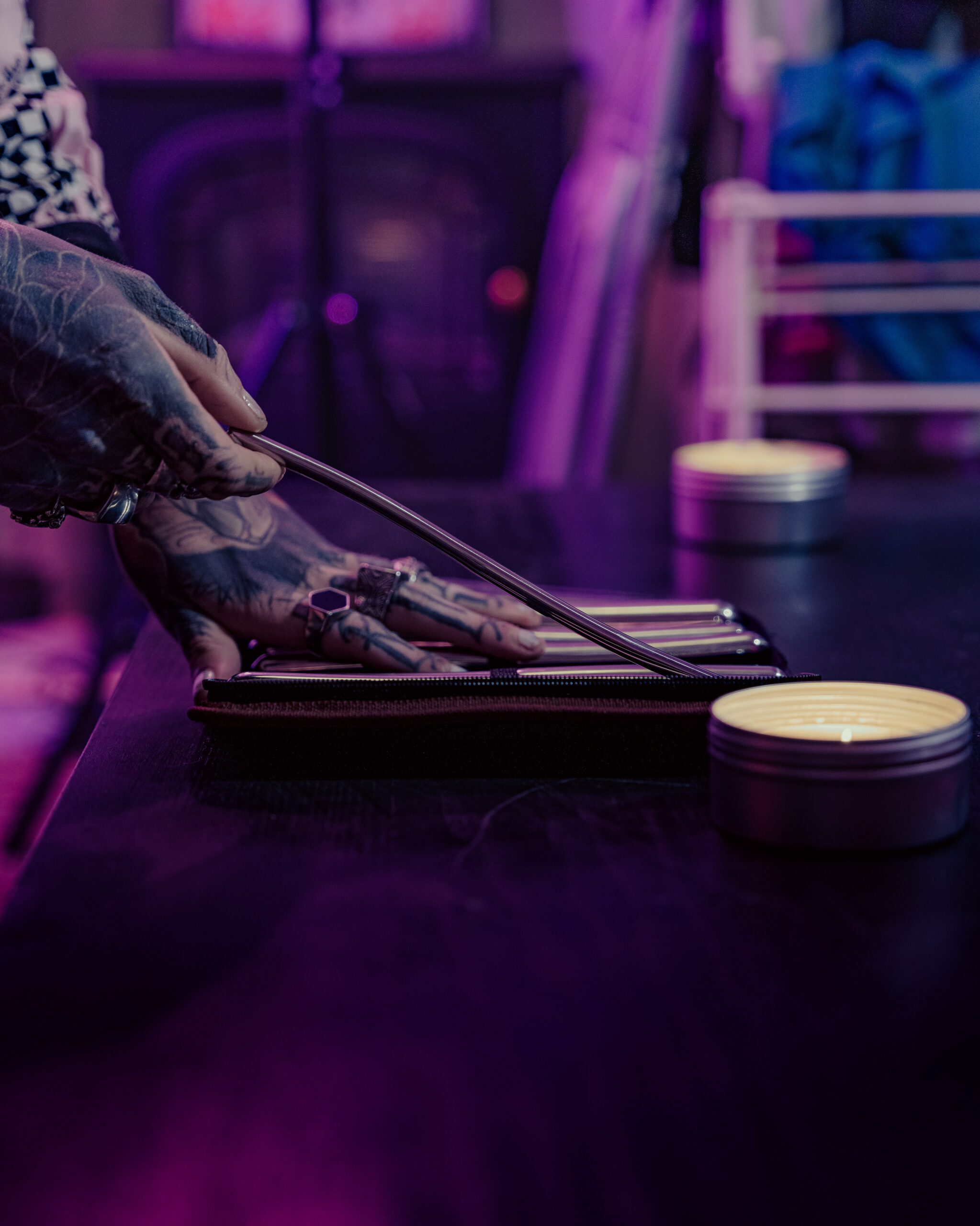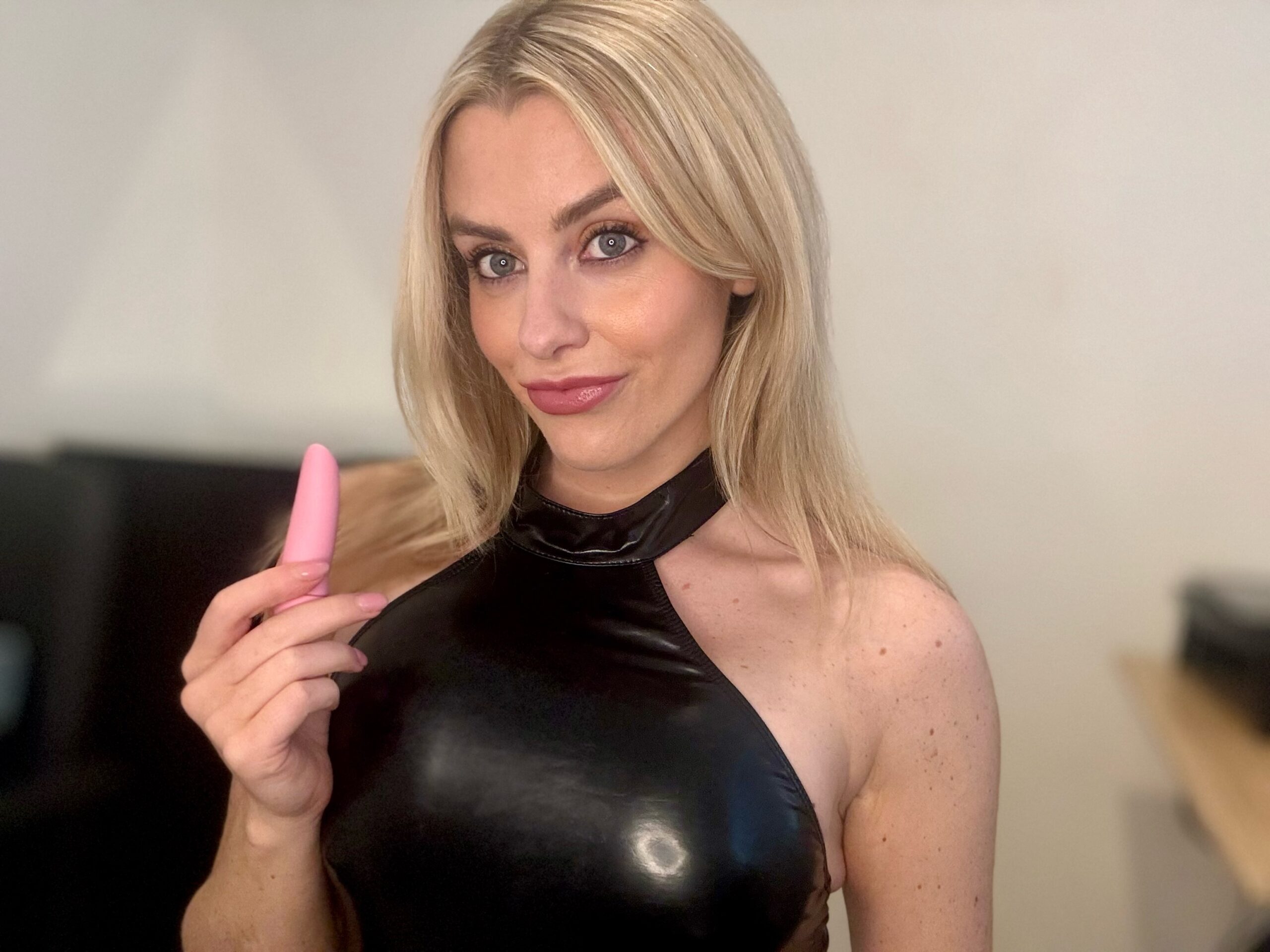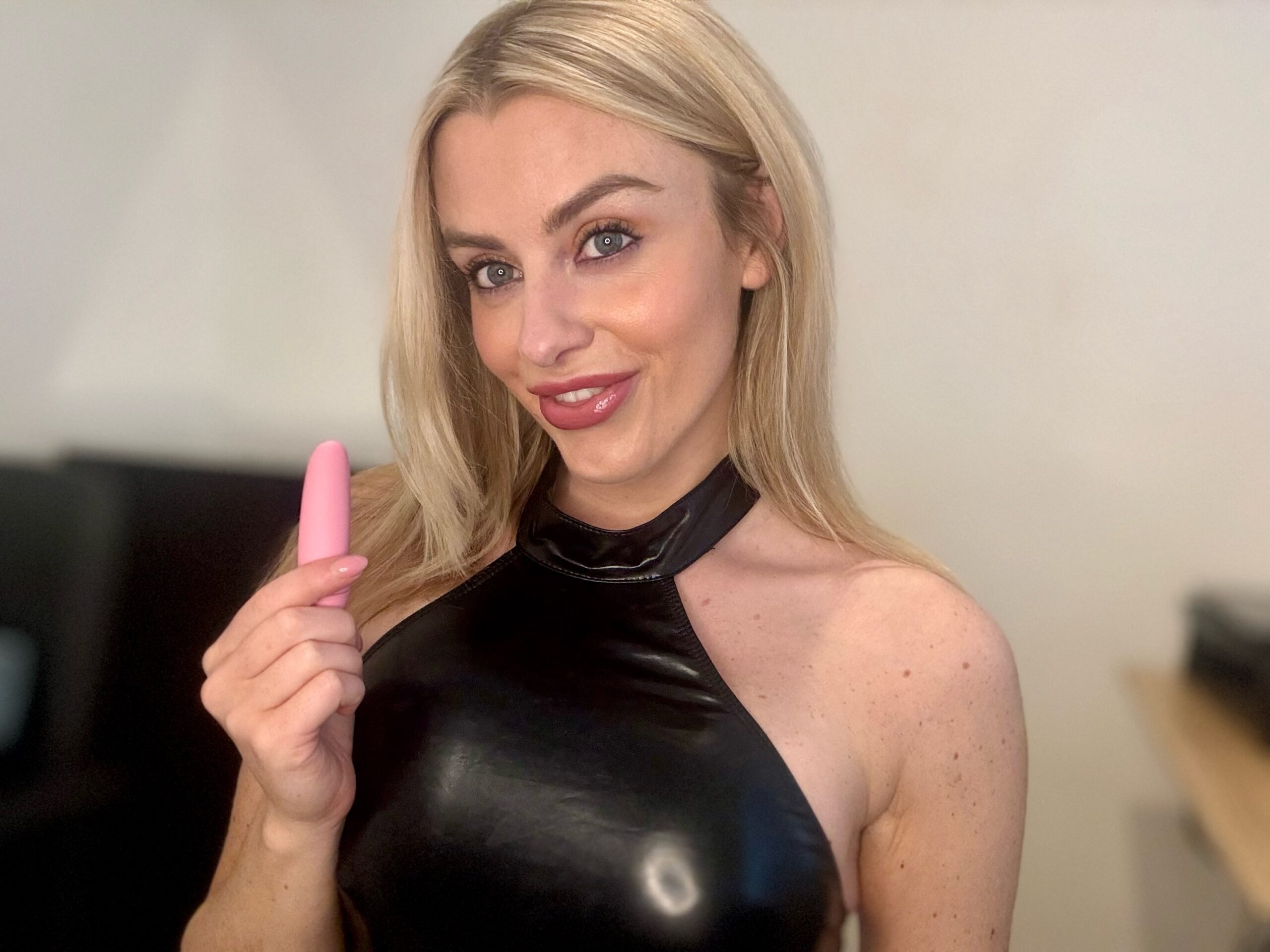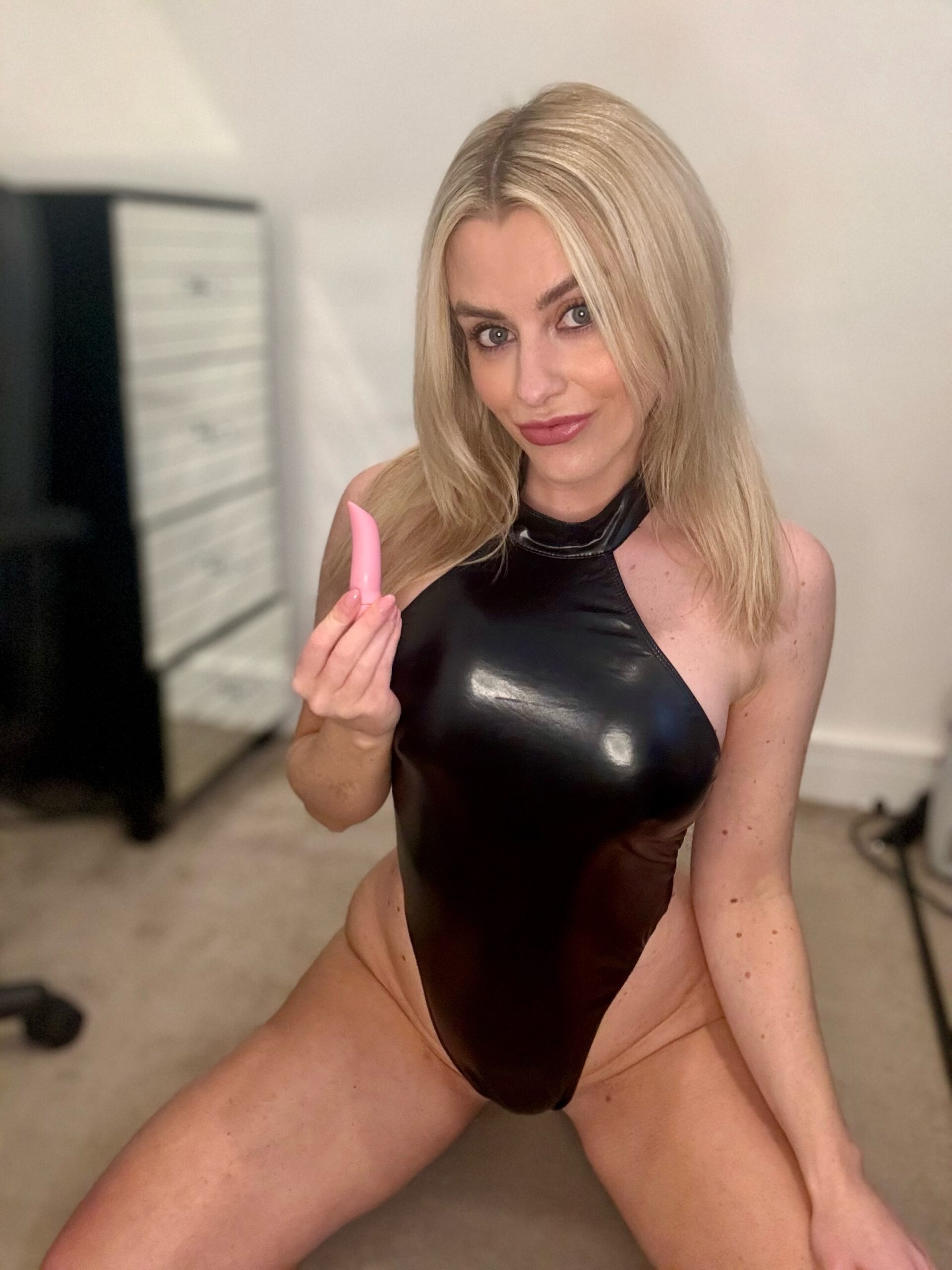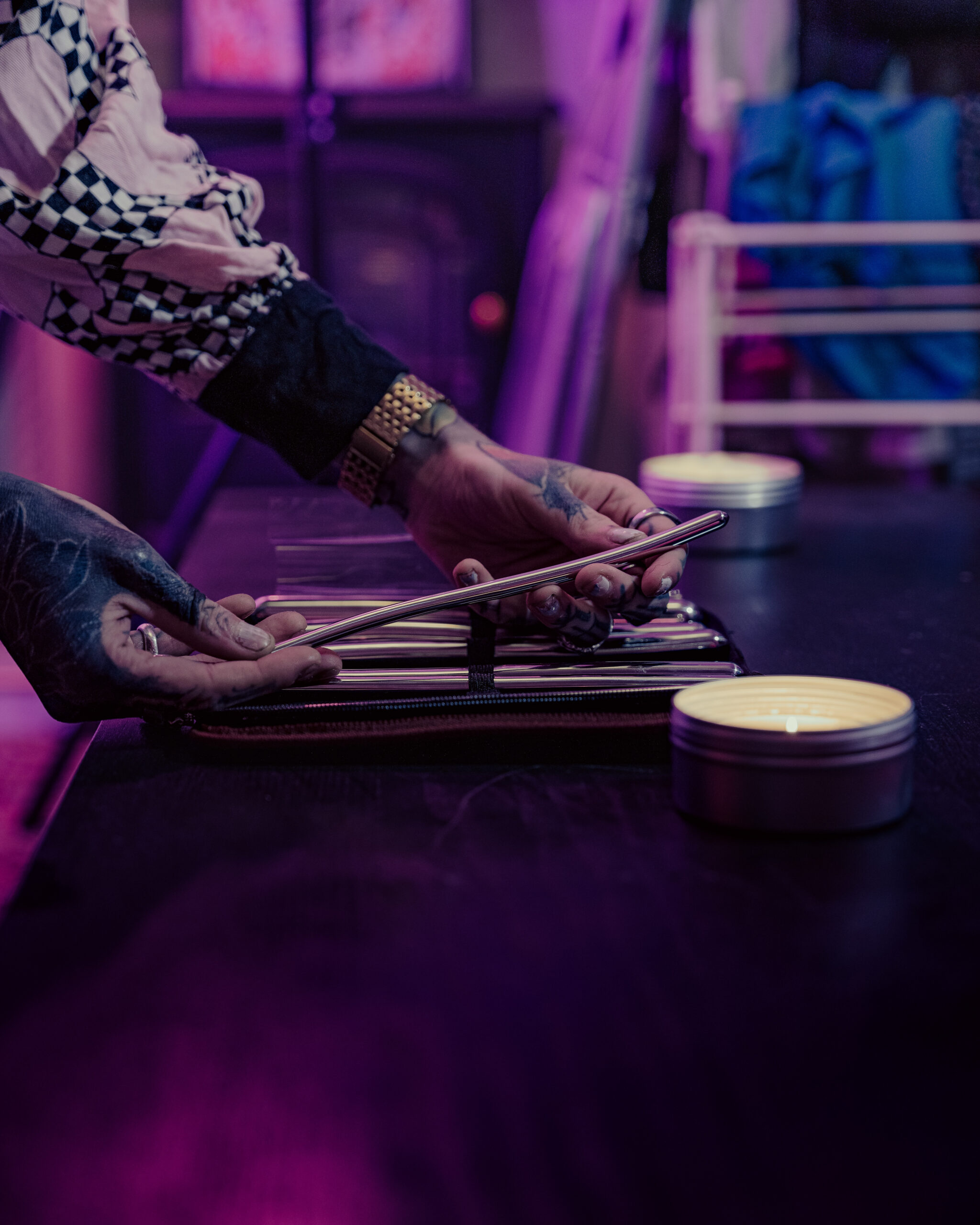Understanding Skoliosexuality: Attraction To Gender Diversity

Understanding Skoliosexuality
Skoliosexuality is an emerging term within the LGBTQ+ spectrum that describes attraction to individuals whose gender identity differs from the societal norms or expectations associated with their assigned sex at birth. Exploring this identity requires understanding the complexities of gender, attraction, and personal expression.
Defining Skoliosexuality
Skoliosexuality is a relatively new term used to describe romantic or sexual attraction to people whose gender identities differ from traditional binary expectations. It encompasses individuals who identify as transgender, non-binary, agender, or any other gender that deviates from the societal norms of male and female.
Understanding skoliosexuality involves recognizing that gender identity is distinct from biological sex and that attraction can be influenced by a variety of factors beyond physical appearance.
It emphasizes inclusivity and respect for individuals who express their gender in ways that challenge conventional norms.
Historical Context
Skoliosexuality, as a relatively new term, is gaining recognition within the LGBTQ+ community. Its emergence reflects a growing understanding of gender diversity and fluidity beyond the traditional binary categories of male and female.
Historically, societal norms have often enforced strict gender roles and expectations, limiting how individuals could express their identities. This historical context contributed to the marginalization of those who did not conform to these norms.
With increasing social progress and awareness, concepts like gender identity and sexual orientation are being explored with greater openness and acceptance. Skoliosexuality represents a step towards recognizing and validating the experiences of individuals who experience attraction to people whose gender identities align differently with societal expectations.
Cultural Perceptions and Stigma
Skoliosexuality is an emerging term within the LGBTQ+ spectrum that describes attraction to individuals whose gender identity differs from the societal norms or expectations associated with their assigned sex at birth. Exploring this identity requires understanding the complexities of gender, attraction, and personal expression.
Skoliosexuality encompasses individuals who identify as transgender, non-binary, agender, or any other gender that deviates from the societal norms of male and female. Understanding skoliosexuality involves recognizing that gender identity is distinct from biological sex and that attraction can be influenced by a variety of factors beyond physical appearance.
It emphasizes inclusivity and respect for individuals who express their gender in ways that challenge conventional norms.
As a relatively new term, skoliosexuality is gaining recognition within the LGBTQ+ community. Its emergence reflects a growing understanding of gender diversity and fluidity beyond the traditional binary categories of male and female.
Historically, societal norms have often enforced strict gender roles and expectations, limiting how individuals could express their identities. This historical context contributed to the marginalization of those who did not conform to these norms. With increasing social progress and awareness, concepts like gender identity and sexual orientation are being explored with greater openness and acceptance.
Skoliosexuality represents a step towards recognizing and validating the experiences of individuals who experience attraction to people whose gender identities align differently with societal expectations.
Experiences of Skoliosexual Individuals
Skoliosexual individuals navigate a world often unfamiliar with their experiences. Their attractions lie beyond the traditional confines of binary gender, drawing them to those who express their gender in ways that challenge conventional norms.
Challenges Faced
Understanding and accepting skoliosexuality requires challenging societal assumptions about gender and attraction. Skoliosexual individuals may encounter prejudice and misunderstanding from those who cling to rigid gender binaries.
Coming out as skoliosexual can be a complex process, as individuals may face rejection from family or friends who struggle to comprehend this identity. The lack of widespread understanding can lead to feelings of isolation and loneliness for those navigating their skoliosexual identity.
Furthermore, the absence of widely accepted terminology and cultural representation can make it difficult for skoliosexual individuals to find supportive communities and resources. This lack of visibility can contribute to internalized stigma and self-doubt.
Positive Aspects and Affirmation
Despite the challenges, there are many positive aspects to being skoliosexual. For starters, it offers a sense of belonging and authenticity. Identifying as skoliosexual allows individuals to embrace their true attractions and live more authentically.
Finding a supportive community is crucial for the well-being of any individual, especially those navigating a less understood identity. Connecting with others who share similar experiences can provide validation, understanding, and a sense of belonging.
Skoliosexuality encourages greater empathy and acceptance of gender diversity. As more people understand and embrace skoliosexual experiences, society becomes more inclusive and accepting of all individuals, regardless of their gender identity or expression.
Affirmation comes from recognizing and celebrating the unique beauty in diversity. Embracing skoliosexuality challenges societal norms and fosters a more inclusive and equitable world for everyone.
Coming Out and Self-Acceptance
Skoliosexual individuals navigate a world often unfamiliar with their experiences. Their attractions lie beyond the traditional confines of binary gender, drawing them to those who express their gender in ways that challenge conventional norms.
Understanding and accepting skoliosexuality requires challenging societal assumptions about gender and attraction. Skoliosexual individuals may encounter prejudice and misunderstanding from those who cling to rigid gender binaries.
Coming out as skoliosexual can be a complex process, as individuals may face rejection from family or friends who struggle to comprehend this identity. The lack of widespread understanding can lead to feelings of isolation and loneliness for those navigating their skoliosexual identity.
Furthermore, the absence of widely accepted terminology and cultural representation can make it difficult for skoliosexual individuals to find supportive communities and resources. This lack of visibility can contribute to internalized stigma and self-doubt.
Despite the challenges, there are many positive aspects to being skoliosexual. For starters, it offers a sense of belonging and authenticity. Identifying as skoliosexual allows individuals to embrace their true attractions and live more authentically.
Finding a supportive community is crucial for the well-being of any individual, especially those navigating a less understood identity. Connecting with others who share similar experiences can provide validation, understanding, and a sense of belonging.

Skoliosexuality encourages greater empathy and acceptance of gender diversity. As more people understand and embrace skoliosexual experiences, society becomes more inclusive and accepting of all individuals, regardless of their gender identity or expression.
Affirmation comes from recognizing and celebrating the unique beauty in diversity. Embracing skoliosexuality challenges societal norms and fosters a more inclusive and equitable world for everyone.
Relationship Dynamics and Intimacy
Relationship dynamics and intimacy take on new complexities when exploring identities beyond traditional gender norms. thin condoms Skoliosexuality, an emerging term describing attraction to individuals whose gender identity differs from societal expectations, highlights the fluidity of human connection and the importance of inclusivity in understanding love and desire.
Dating and Relationships with Diverse Gender Identities
Relationship dynamics and intimacy take on new complexities when exploring identities beyond traditional gender norms. Skoliosexuality, an emerging term describing attraction to individuals whose gender identity differs from societal expectations, highlights the fluidity of human connection and the importance of inclusivity in understanding love and desire.
- Communication is paramount in any relationship, but it’s especially crucial for skoliosexual couples. Openly discussing expectations, boundaries, and individual needs can foster understanding and prevent misunderstandings.
- Building trust and emotional intimacy takes time and effort for any couple, regardless of their sexual orientations or gender identities. Skoliosexual couples may face unique challenges due to societal stigma or lack of understanding from others. Therefore, nurturing a safe and supportive environment where both partners feel comfortable expressing themselves is essential.
- Respecting each other’s pronouns and preferred gender expressions is fundamental to building healthy relationships with skoliosexual individuals.
- Navigating societal expectations and potential biases together can strengthen the bond between partners. Supporting each other through moments of discrimination or misunderstanding can foster resilience and deepen their connection.
Ultimately, successful relationships hinge on mutual respect, understanding, and a willingness to learn and grow together. Skoliosexual couples, like all couples, thrive when they create a space where love, acceptance, and authenticity flourish.
Communication and Understanding in Skoliosexual Relationships
Relationship dynamics and intimacy take on new complexities when exploring identities beyond traditional gender norms. Skoliosexuality, an emerging term describing attraction to individuals whose gender identity differs from societal expectations, highlights the fluidity of human connection and the importance of inclusivity in understanding love and desire.
- Communication is paramount in any relationship, but it’s especially crucial for skoliosexual couples. Openly discussing expectations, boundaries, and individual needs can foster understanding and prevent misunderstandings.
- Building trust and emotional intimacy takes time and effort for any couple, regardless of their sexual orientations or gender identities. Skoliosexual couples may face unique challenges due to societal stigma or lack of understanding from others. Therefore, nurturing a safe and supportive environment where both partners feel comfortable expressing themselves is essential.
- Respecting each other’s pronouns and preferred gender expressions is fundamental to building healthy relationships with skoliosexual individuals.
- Navigating societal expectations and potential biases together can strengthen the bond between partners. Supporting each other through moments of discrimination or misunderstanding can foster resilience and deepen their connection.
Ultimately, successful relationships hinge on mutual respect, understanding, and a willingness to learn and grow together. Skoliosexual couples, like all couples, thrive when they create a space where love, acceptance, and authenticity flourish.
Support and Resources
Understanding skoliosexuality requires exploring the resources available to those navigating this identity. These resources can provide support, information, and a sense of community for individuals who are skoliosexual or have loved ones who identify as such.
Finding Community and Support Networks
Finding support networks is crucial for anyone exploring their identity, and skoliosexual individuals are no exception. There are several avenues to find community and understanding.
Online platforms offer a wealth of resources and connections. Colt attachments LGBTQ+ forums, social media groups dedicated to skoliosexuality, and online dating apps that cater to diverse gender identities can provide spaces for individuals to connect, share experiences, and receive support.
Local LGBTQ+ centers often host support groups or workshops specifically designed for individuals with diverse sexual orientations and gender identities. These centers can serve as valuable hubs for building relationships and accessing information about local services.
University campuses frequently have LGBTQ+ student organizations that provide a welcoming environment for students who identify as skoliosexual. These groups often offer peer support, social events, and advocacy opportunities.
It’s important to remember that finding the right support system may take time and effort. It’s okay to explore different options until you find communities that feel safe and welcoming.
Remember, seeking support is a sign of strength, not weakness. Connecting with others who understand your experiences can be profoundly beneficial on your journey of self-discovery.
Online Resources and Advocacy Groups
Understanding skoliosexuality requires exploring the resources available to those navigating this identity. These resources can provide support, information, and a sense of community for individuals who are skoliosexual or have loved ones who identify as such.
Finding support networks is crucial for anyone exploring their identity, and skoliosexual individuals are no exception. There are several avenues to find community and understanding.
Online platforms offer a wealth of resources and connections. LGBTQ+ forums, social media groups dedicated to skoliosexuality, and online dating apps that cater to diverse gender identities can provide spaces for individuals to connect, share experiences, and receive support.
Local LGBTQ+ centers often host support groups or workshops specifically designed for individuals with diverse sexual orientations and gender identities. These centers can serve as valuable hubs for building relationships and accessing information about local services.
University campuses frequently have LGBTQ+ student organizations that provide a welcoming environment for students who identify as skoliosexual. These groups often offer peer support, social events, and advocacy opportunities.
It’s important to remember that finding the right support system may take time and effort. It’s okay to explore different options until you find communities that feel safe and welcoming.
Remember, seeking support is a sign of strength, not weakness. Connecting with others who understand your experiences can be profoundly beneficial on your journey of self-discovery.
Additionally, advocacy groups like GLAAD and The Trevor Project offer valuable resources and information for LGBTQ+ individuals, including those exploring skoliosexuality. These organizations work to promote understanding, acceptance, and equality for all, creating a more inclusive society.
Therapy and Counseling for Skoliosexual Individuals
For skoliosexual individuals seeking support and resources, there are various options available:
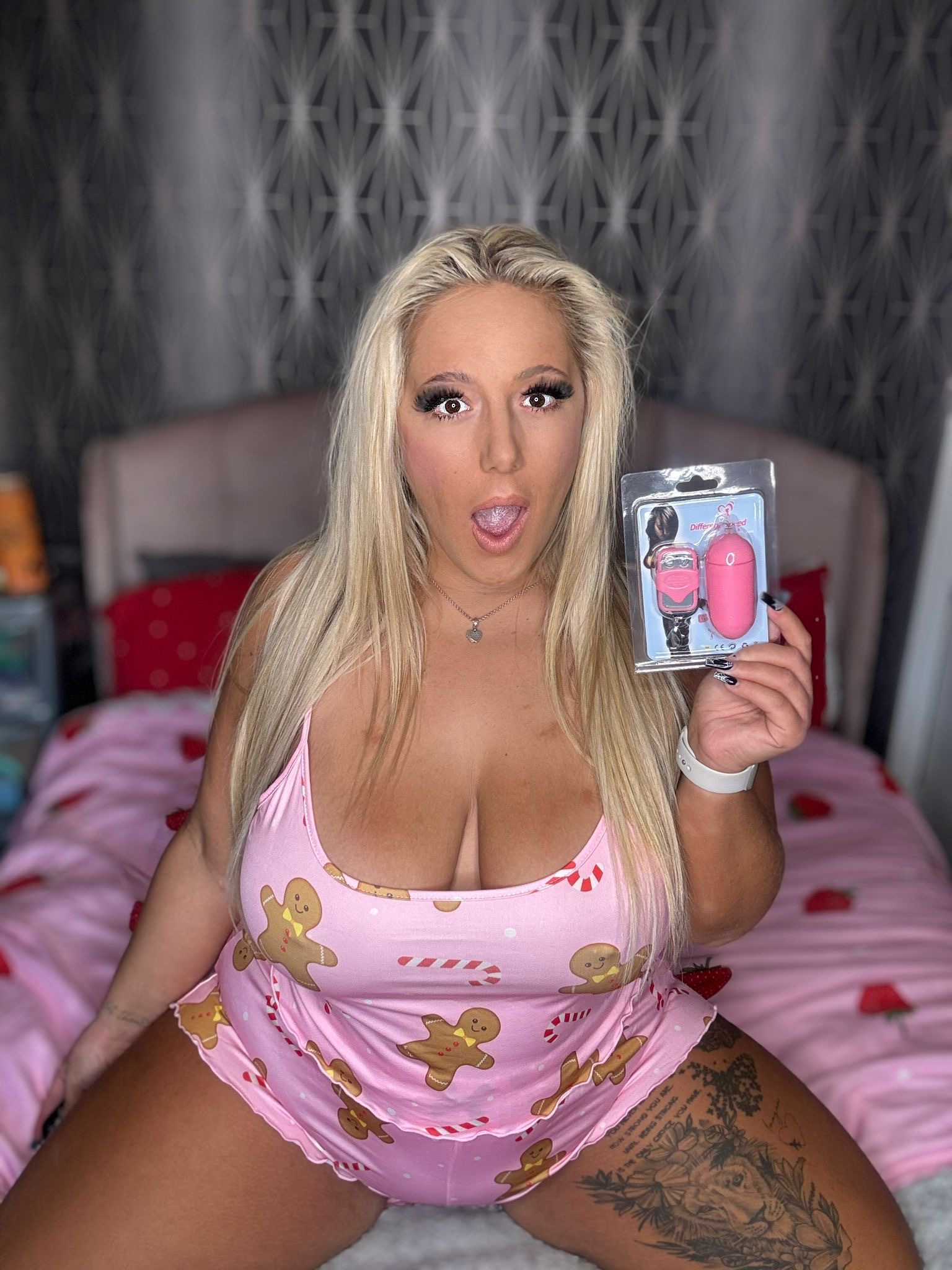
**Online Communities:** Online platforms offer a sense of connection and shared experience. LGBTQ+ forums, social media groups dedicated to skoliosexuality, and online dating apps that cater to diverse gender identities can provide safe spaces for connecting with others.
**Local LGBTQ+ Centers:** These centers often host support groups, workshops, and social events specifically for individuals with diverse sexual orientations and gender identities. They can offer valuable resources and a sense of community.
**University Organizations:** If you’re a student, look for LGBTQ+ student organizations on your campus. They provide peer support, advocacy opportunities, and a welcoming environment for skoliosexual students.
Therapy and Counseling: A therapist who specializes in LGBTQ+ issues can provide valuable guidance and support as you navigate your identity and explore your relationships.
Remember, seeking support is a sign of strength and self-care. Reaching out to these resources can help you build confidence, find community, and live authentically.
admiral sex position
Dive into full information
Dive into this full story



